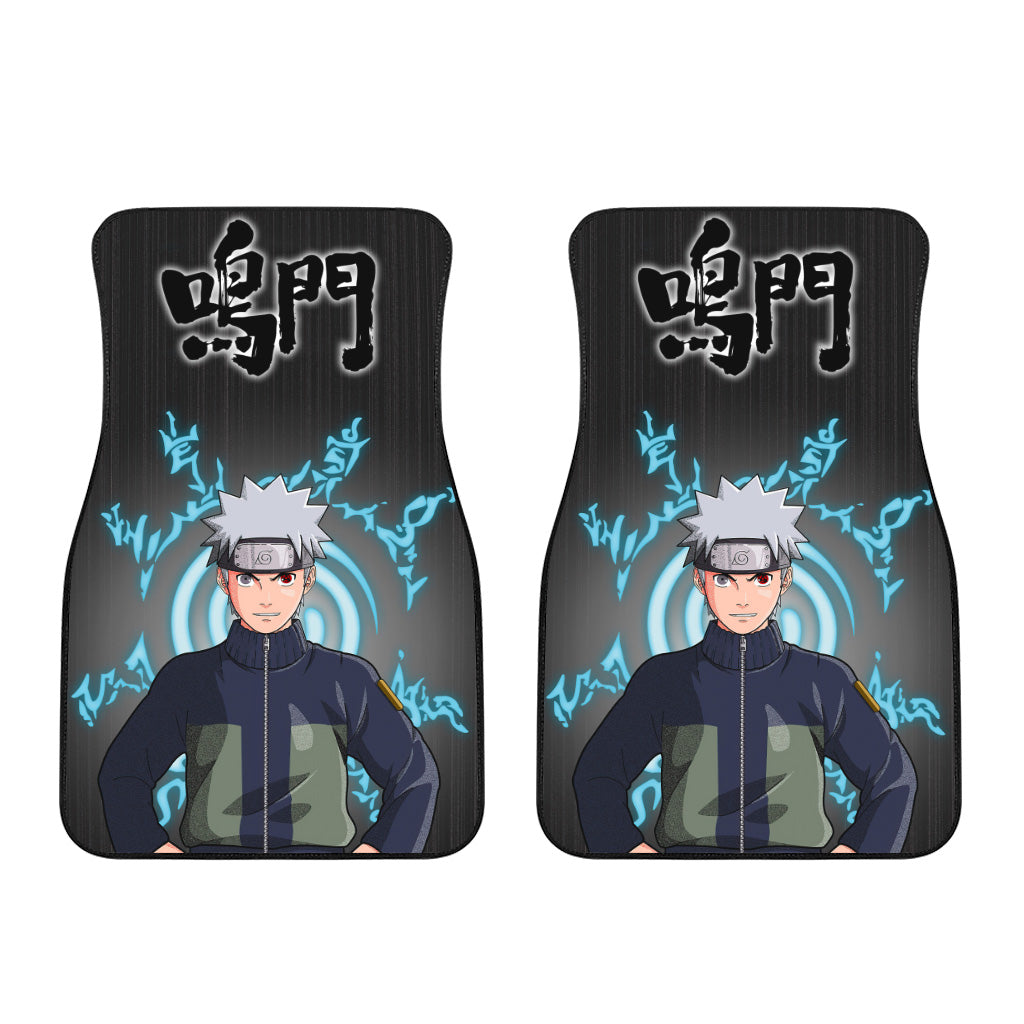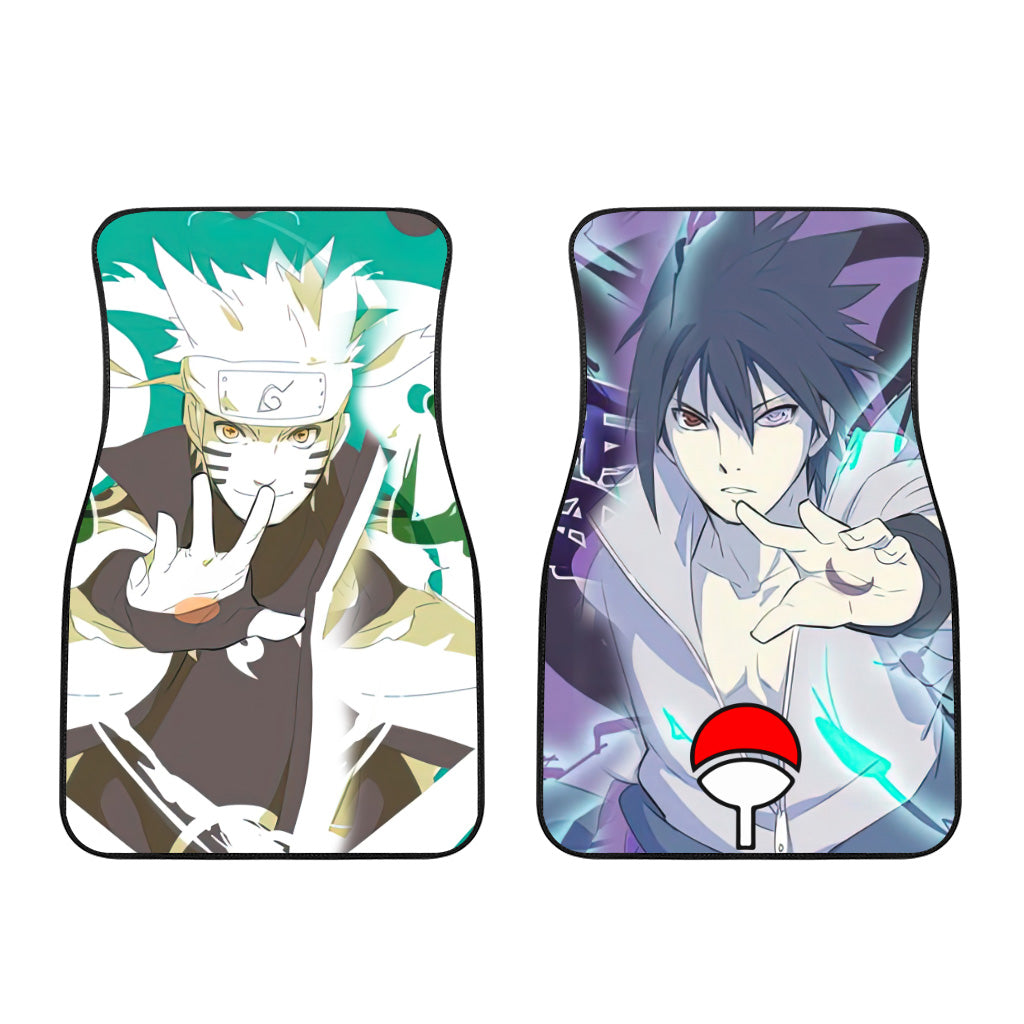
The world of Naruto is a vast and complex one, filled with a multitude of characters, techniques, and abilities. One of the most significant and formidable techniques in the series is the Six Paths of Pain, a Rinnegan ability that has been denoted as one of the strongest jutsu in the entire series. The sheer strength and unfathomable power that lies behind this technique is no secret as each path alone is capable of taking on hordes of shinobi, with the Deva Path single-handedly destroying the entire Hidden Leaf Village.
With such significance attributed to this technique, it comes as no surprise that the Six Paths of Pain are rooted in real-world Buddhist mythology, reflecting the religion’s core concept of reincarnation. According to Buddhist cosmology, the Six Paths are six different worlds where beings are reborn after death, with the reincarnation depending on the individual’s karma in their past life. The concept of reincarnation and karma aligns perfectly with the Rinnegan as most of its abilities are based on the samsara of life, with pain and suffering being at the core of Nagato’s vision for the world.

The Six Paths of Pain consist of six different paths or realms, each with its unique mythology and abilities. The first three paths are known as the benevolent destinies, as beings whose karma was on the virtuous side are reborn into these bountiful realms. The Deva path represents gods or celestial beings and is one of the benevolent destinies, granted to those that were the most righteous in their previous lives. Those reborn in this realm are comparable to deities and have achieved the highest form of sentience.
This significance is accurately reflected in the series as the Deva Path is arguably the strongest out of the Six Paths of Pain, with powers comparable to a god’s. The Deva Path has the power of attraction and repulsion at its core, with most of its abilities reflecting this concept. Some of these god-like powers include Planetary Devastation and Almighty Push, both reflective of the divine inspiration that went into the Deva Path.

Asura is another one of the Six Paths’ benevolent destinies, though this path is not free from pain. The Asura realm contains warlike demigods, and those that were plagued by jealousy, contempt, and violence in their previous life are reincarnated here. These demigods share some characteristics with their Deva counterparts as they possess divine abilities known as Astra.
In the series, the Asura Path is technologically advanced and utilizes modern weaponry. These abilities reflect the Astra that demigods possess as such technology is unknown to the Naruto world, denoting missiles and rockets as powers that belong to a higher plane. The Asura Path’s physical appearance is an accurate depiction of the Buddhist Asura, as these demigods have been described as possessing six arms and three faces.
The last of the benevolent destinies, the Human or Manushya Path denotes the realm of humans. This path sits between the deities and animals, meaning humans possess soul, passion, and pride, yet they lack the carnal desires of the higher paths. This makes humans the most likely to attain enlightenment.

The Human Path in the series followed a somewhat similar narrative as this path was able to gain access to another person’s thoughts by simply touching their head and pulling out their soul. While the Human Path is the least attuned to combat, it’s quite useful for interrogation and intelligence gathering.
The Animal or Tiryagyoni Path is one of the non-benevolent destinies as this realm has fear, survival, and instinct at its core. In Buddhist and Hindu mythology, Tiryagyoni refers to the realm of animals, where beings are driven by primal instincts and are governed by the laws of survival. In the Naruto universe, the Animal Path allows the user to summon various animals to fight alongside them, as well as grant them the ability to transform parts of their body into that of an animal. Additionally, the Animal Path also grants its user the ability to communicate with animals and control them to a certain extent.

The Preta or Hungry Ghost Path is another of the non-benevolent destinies. In Buddhist mythology, the Preta realm refers to the realm of hungry ghosts, who are depicted as having insatiable hunger and thirst, but with mouths too small to satisfy their cravings. In the Naruto universe, the Preta Path grants its user the ability to absorb chakra, the energy used to perform jutsu techniques. This ability can be used to disrupt an opponent’s techniques or to replenish one’s own chakra reserves.
The Naraka or Hell Path is considered to be the most dangerous and malevolent of all the paths. In Buddhist mythology, the Naraka realm refers to the realm of hell, where beings are subjected to various forms of torture and suffering. In the Naruto universe, the Hell Path grants its user the ability to summon and control the King of Hell, a demon that can extract the souls of others and manipulate their memories. This ability can be used for interrogation and torture.

Finally, the Outer Path or Deva Path represents the realm of the divine, where beings are considered to be enlightened and possess supernatural powers. In the Naruto universe, the Outer Path grants its user the ability to manipulate gravity, allowing them to levitate and pull objects towards them. Additionally, the Outer Path also grants its user the ability to summon and control the Demonic Statue of the Outer Path, a powerful creature capable of absorbing chakra and granting immortality.
In summary, the Six Paths of Pain represent six different realms of existence, each with its unique set of abilities and powers. By mastering these paths, Nagato was able to become one of the most powerful and feared ninja in the Naruto universe.

We bring out some of the most well-known Naruto collection, all of which are available at reasonable costs. Visit our link now if you are interested in the Naruto collection
Naruto Car Floor Mats, Naruto Uzumaki and Sasuke Uchiha Car Floor Mats, Naruto Anime Car Accessories


Saiken, Chomei, Gyuki, Kurama, Menma, Otsutsuki
